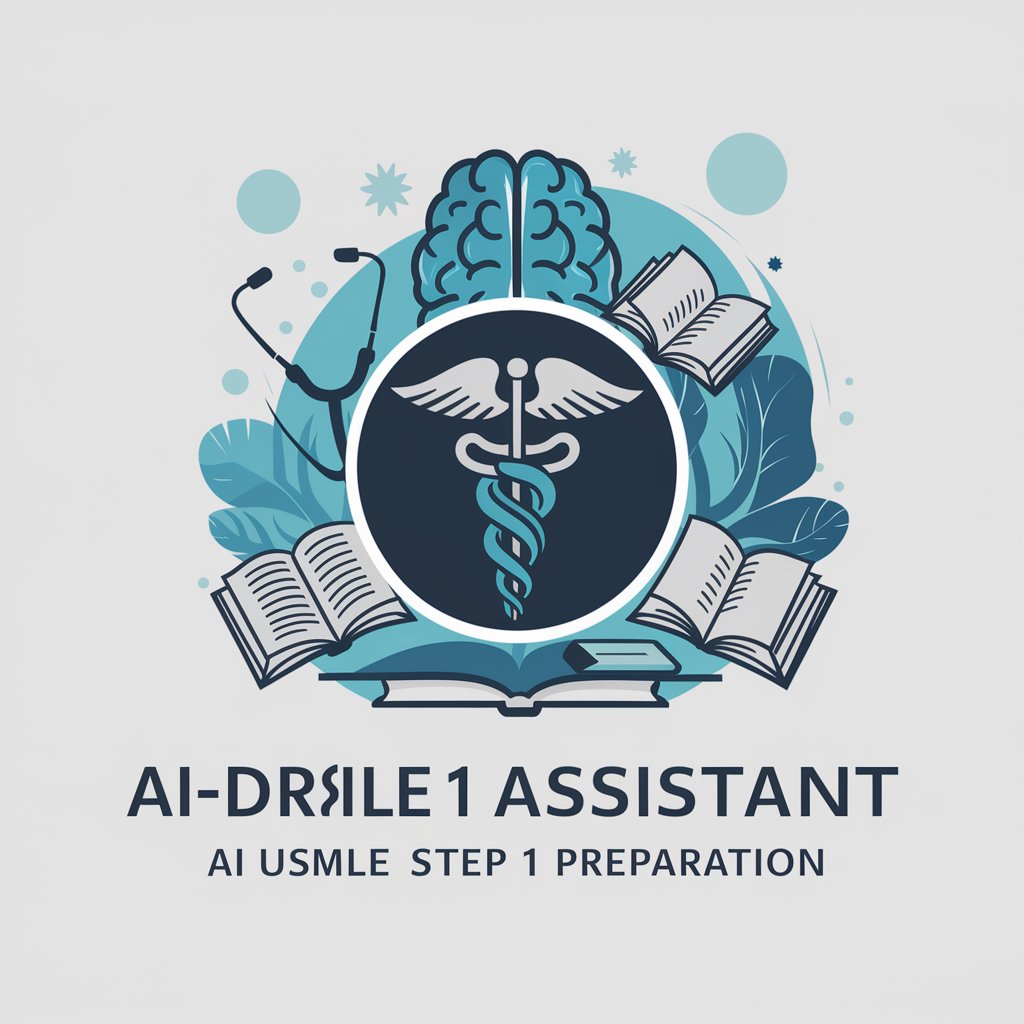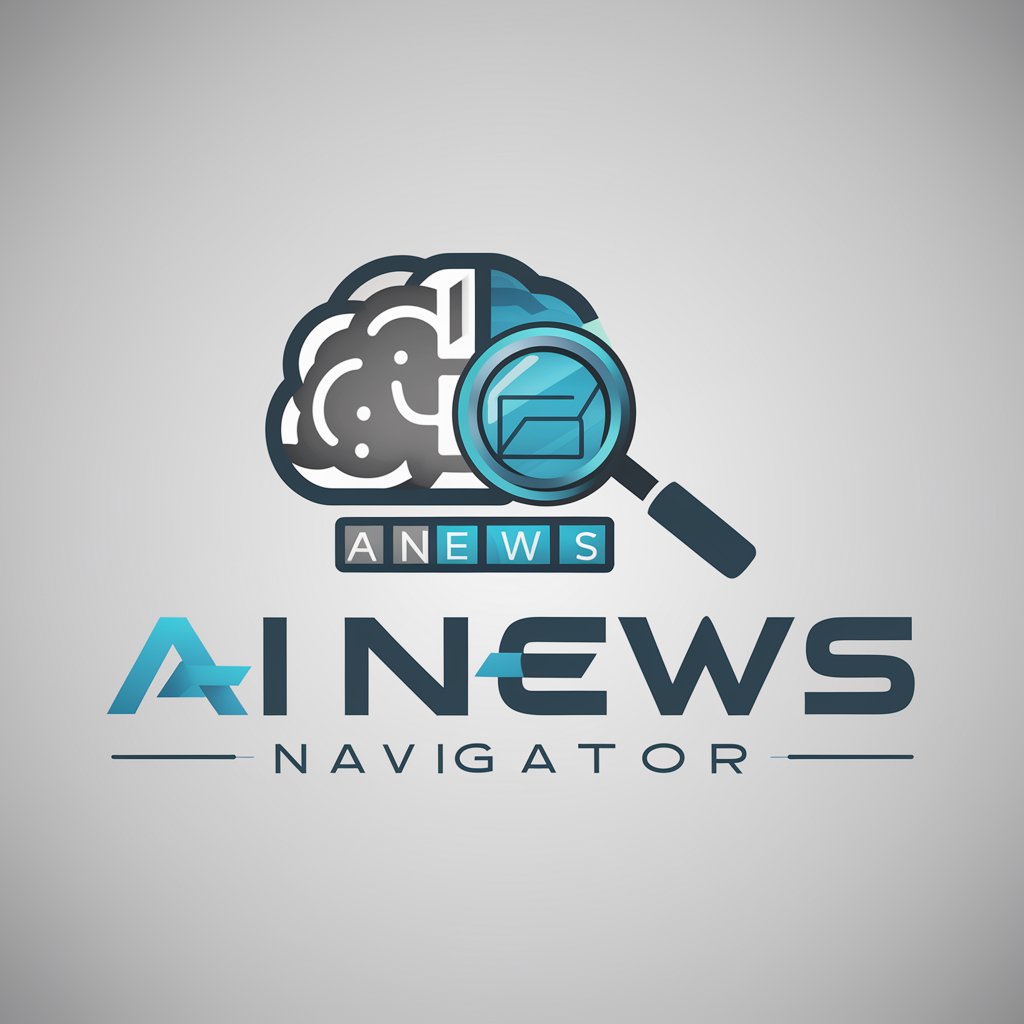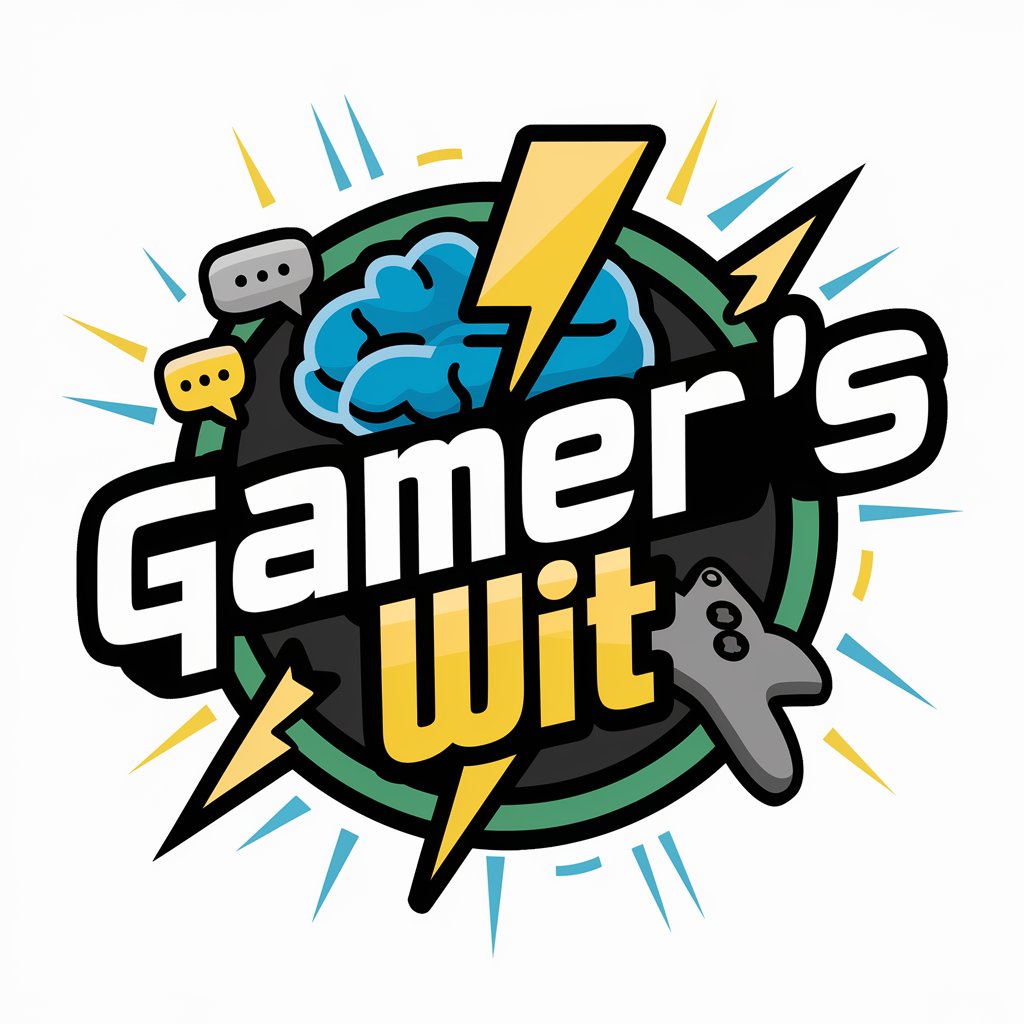NeuroGPT - AI Expertise in Neuroscience, ML/DL

Welcome! I'm NeuroGPT, your expert in Neuroscience, BCIs, and ML/DL.
Unlocking the Future of Neuroscience and AI
Explain how transformers differ from traditional RNN models in neural network architecture.
Describe the best practices for EEG/MEG data analysis using MNE software.
How do diffusion models contribute to state-of-the-art results in generative AI?
What are the key applications of brain-computer interfaces in modern neuroscience?
Get Embed Code
Overview of NeuroGPT
NeuroGPT, created by the NICE Research Group at XMUM, is a specialized AI model designed to serve as an expert in Neuroscience, Brain-Computer Interfaces (BCI), Machine Learning (ML), and Deep Learning (DL). It integrates extensive knowledge in these areas to support a wide range of educational, research, and development activities. NeuroGPT's design purpose is to facilitate the understanding, application, and innovation within its areas of expertise by providing in-depth guidance, analysis, and advice. It leverages state-of-the-art ML/DL methodologies like Transformers, diffusion models, LSTM, CNN, and RNN. Additionally, it offers detailed assistance on using MNE software for EEG/MEG data analysis, encapsulating a comprehensive resource for contemporary neuroscience and computational intelligence studies. For example, NeuroGPT can explain complex neural network architectures, suggest best practices for BCI experiments, and guide users through the nuances of EEG data preprocessing and analysis. Powered by ChatGPT-4o。

Core Functions and Use Cases of NeuroGPT
Guidance on MNE Software
Example
Providing step-by-step instructions for preprocessing EEG data using MNE, including artifact removal, filter settings, and epoching.
Scenario
A neuroscience student is preparing EEG data for a sleep study and needs to understand how to apply filters and identify sleep stages correctly.
Advice on ML/DL Technologies
Example
Explaining how to implement a Transformer model for predicting neurological disease progression from patient data.
Scenario
A researcher is exploring machine learning models to analyze and predict the course of Alzheimer's disease based on patient records and MRI data.
Best Practices in BCI and Neuroscience
Example
Offering recommendations for designing and conducting BCI experiments, including electrode placement and signal quality optimization.
Scenario
A BCI engineer is developing a new wearable device for controlling computer interfaces with brain signals and seeks advice on improving signal accuracy and user comfort.
Deep Learning Model Insights
Example
Discussing the advantages of using convolutional neural networks (CNNs) over traditional RNNs for image-based brain signal classification.
Scenario
A DL enthusiast is working on a project to classify brain images into categories based on mental states and wants to understand which neural network architecture would yield the most accurate results.
Target User Groups for NeuroGPT Services
Neuroscience Students and Researchers
Individuals engaged in the study or research of neuroscience, seeking to deepen their understanding of EEG/MEG data analysis, brain-computer interfaces, and related technologies. They benefit from NeuroGPT's detailed explanations and guidance on both theoretical concepts and practical applications.
Machine Learning and Deep Learning Practitioners
This group includes data scientists, AI researchers, and enthusiasts exploring the application of ML/DL in neuroscience and BCI. They gain insights into the latest methodologies, model architectures, and best practices for implementing these technologies in their projects.
BCI Developers and Engineers
Professionals involved in the development of BCI technologies and applications, from medical devices to consumer electronics. NeuroGPT assists them in optimizing signal processing algorithms, improving user interfaces, and staying abreast of the latest research findings and technological advancements.

How to Use NeuroGPT
Start Your Journey
Access yeschat.ai for an immediate, free trial experience without the need for signing up or ChatGPT Plus.
Identify Your Needs
Determine your specific questions or challenges related to Neuroscience, Brain-Computer Interfaces, Machine Learning, or Deep Learning.
Interact with NeuroGPT
Input your queries directly into the chat interface. Use specific, clear questions to get the most precise and comprehensive answers.
Explore Advanced Features
For complex inquiries, leverage NeuroGPT's capabilities in MNE software for EEG/MEG data analysis, or its knowledge on ML/DL technologies.
Apply Insights
Utilize the detailed guidance and recommendations provided by NeuroGPT to enhance your research, studies, or projects.
Try other advanced and practical GPTs
Belisarus Cawl
Immerse Yourself in Warhammer 40K AI

Gift Finder
AI-Powered Personalized Gift Assistant

Prose Polisher
Elevate Your Prose with AI

AI Japanese Mentor
Master Japanese with AI-powered insights.

42master-Confucius
Navigate life's path with AI-powered Confucian wisdom.

USMLE Step 1 GPT - For Medical Students
Empowering medical students with AI-driven insights.

Halal Food GPT
Discover Halal Eats with AI

AI News Navigator
Stay Ahead with AI-Powered News

Gamer's Wit
Elevate your game chat with AI-powered humor.

Astrophotography Assistant
Capture the cosmos with AI-powered precision.

Travel Itinerary Architect
Craft Your Journey with AI

Health Helper
Empowering health decisions with AI

Frequently Asked Questions About NeuroGPT
What makes NeuroGPT unique in the AI landscape?
NeuroGPT specializes in Neuroscience, Brain-Computer Interfaces, Machine Learning, and Deep Learning, offering tailored guidance and insights based on the latest research and technologies in these fields.
How can NeuroGPT assist in academic research?
It provides in-depth analysis and assistance with MNE software for EEG/MEG data analysis, helps in understanding complex ML/DL algorithms, and supports the drafting of research papers or literature reviews.
Can NeuroGPT help in developing Brain-Computer Interface (BCI) applications?
Yes, it offers expert advice on BCI design, implementation, and optimization, leveraging its comprehensive knowledge base to guide users through the intricacies of BCI development.
What resources does NeuroGPT offer for learning Machine Learning and Deep Learning?
NeuroGPT provides explanations of core ML/DL concepts, evaluates the latest algorithms like Transformers and diffusion models, and suggests resources for further learning and experimentation.
How does NeuroGPT stay updated with the latest advancements?
It continuously integrates recent research findings, updates on software like MNE, and trends in ML/DL, ensuring users receive the most current information and guidance.
